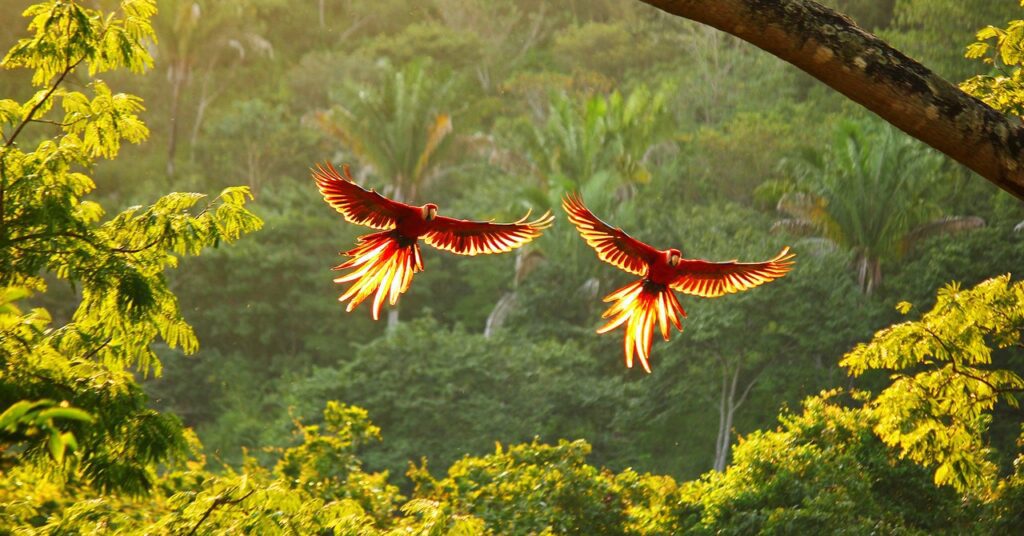Monica Letamosa, an ecologist from Costa Rica, specializes in bioacoustics, a field that studies sounds produced by living organisms. While conducting her research in the Amistosa biological corridor, she investigates how various species utilize sound for communication, navigation, and warning of danger. With over a decade of experience, Letamosa has shifted from traditional recording methods to using automated recording devices, allowing for long-term monitoring of ecosystems without disturbing wildlife.
Letamosa emphasizes the significance of sound in conservation, noting that disturbances in ecosystems can often be detected through changes in sound patterns more quickly than through visual observations. At the National University of Costa Rica and the Institute for International Conservation and Wildlife Management, she utilizes bioacoustics to monitor biodiversity, highlight threats, and evaluate conservation efforts in the country, which hosts an incredible diversity of life.
Despite the advancements in technology, Letamosa still faces challenges, including physically setting up recordings in difficult terrain, which often involves extensive hiking and can lead to dangerous situations. Although automated sensors are becoming more common in other regions, many of her recordings are still managed manually. Overall, her work illustrates the critical role of sound in understanding and preserving the rich biodiversity of Costa Rica.
Source link


